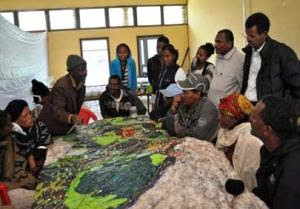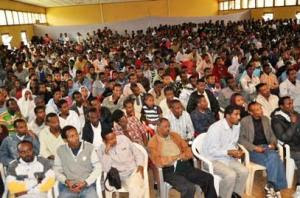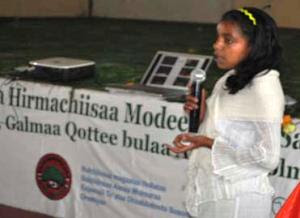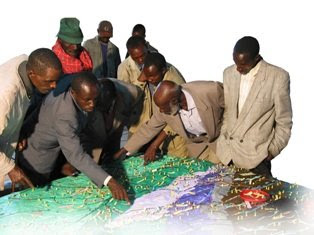In collaboration with national and regional partner organisations, the Technical Centre for Agricultural and Rural Cooperation EU-ACP (CTA) is supporting the dissemination and adoption of P3DM practice in ACP countries. The practice is now well established in Africa and the Pacific. Its introduction to the Caribbean is planned for October 2012 via a partnership with CANARI and the University of the West Indies.
Since 2007 WSA award winning Participatory 3D Modelling P3DM (P3DM) in Fiji, the P3DM practice has been adopted in many parts of the world including Australia, Bhutan, Cambodia, Chad, Colombia, East Timor, Ecuador, Ethiopia, France, Gabon, Ghana, Guatemala, Guyana, India, Italy, Kenya, Malaysia, Morocco, Nepal, Nicaragua, Papua New Guinea, Solomon Islands, Sri Lanka, Uganda, Thailand, Vietnam, and many other countries.
In Kenya, Indigenous Peoples employed the practice to document their biophysical and cultural landscapes, enhance inter-generational knowledge exchange. They also found it to add value and authority to local knowledge, improve communication with mainstream society, improve spatial planning and address territorial disputes.
In Ethiopia P3DM has been taken up by farmers to plan out community-based land reclamation and sustainable management of resources.
The Indigenous Peoples of Africa Coordinating Committee (IPACC), a pan-African network, has been spearheading the adoption of P3DM in the continent to improve awareness at policy-making level on the relevance of location-specific knowledge in climate change adaptation processes. As an example, the use of P3DM by pygmies in Gabon allowed them to gain visibility and establish peer-to-peer exchanges with local government institutions.
In 2012 Pastoralist Mbororo People in Chad practiced P3DM to manage spatial conflicts with farming communities.
In Solomon Islands coastal communities benefitted from P3DM to analyse issues related to climate change and identified ways to adapt to it.
UNESCO, IFAD and other development agencies have created resource materials (publications) making specific reference to the method.
In collaboration with IFAD, CTA has developed a training kit http://pgis-tk.cta.int supporting the spread of good practice in generating, managing, analysing and communicating spatial information. The kit includes a module on P3DM.
Since 2007 WSA award winning Participatory 3D Modelling P3DM (P3DM) in Fiji, the P3DM practice has been adopted in many parts of the world including Australia, Bhutan, Cambodia, Chad, Colombia, East Timor, Ecuador, Ethiopia, France, Gabon, Ghana, Guatemala, Guyana, India, Italy, Kenya, Malaysia, Morocco, Nepal, Nicaragua, Papua New Guinea, Solomon Islands, Sri Lanka, Uganda, Thailand, Vietnam, and many other countries.
In Kenya, Indigenous Peoples employed the practice to document their biophysical and cultural landscapes, enhance inter-generational knowledge exchange. They also found it to add value and authority to local knowledge, improve communication with mainstream society, improve spatial planning and address territorial disputes.
In Ethiopia P3DM has been taken up by farmers to plan out community-based land reclamation and sustainable management of resources.
The Indigenous Peoples of Africa Coordinating Committee (IPACC), a pan-African network, has been spearheading the adoption of P3DM in the continent to improve awareness at policy-making level on the relevance of location-specific knowledge in climate change adaptation processes. As an example, the use of P3DM by pygmies in Gabon allowed them to gain visibility and establish peer-to-peer exchanges with local government institutions.
In 2012 Pastoralist Mbororo People in Chad practiced P3DM to manage spatial conflicts with farming communities.
In Solomon Islands coastal communities benefitted from P3DM to analyse issues related to climate change and identified ways to adapt to it.
UNESCO, IFAD and other development agencies have created resource materials (publications) making specific reference to the method.
In collaboration with IFAD, CTA has developed a training kit http://pgis-tk.cta.int supporting the spread of good practice in generating, managing, analysing and communicating spatial information. The kit includes a module on P3DM.


















